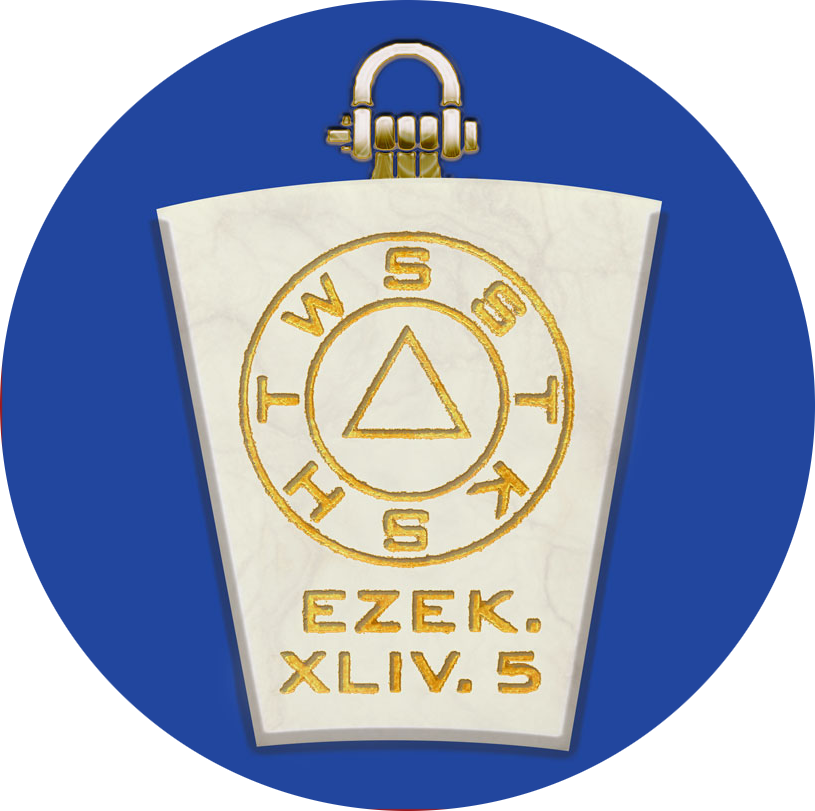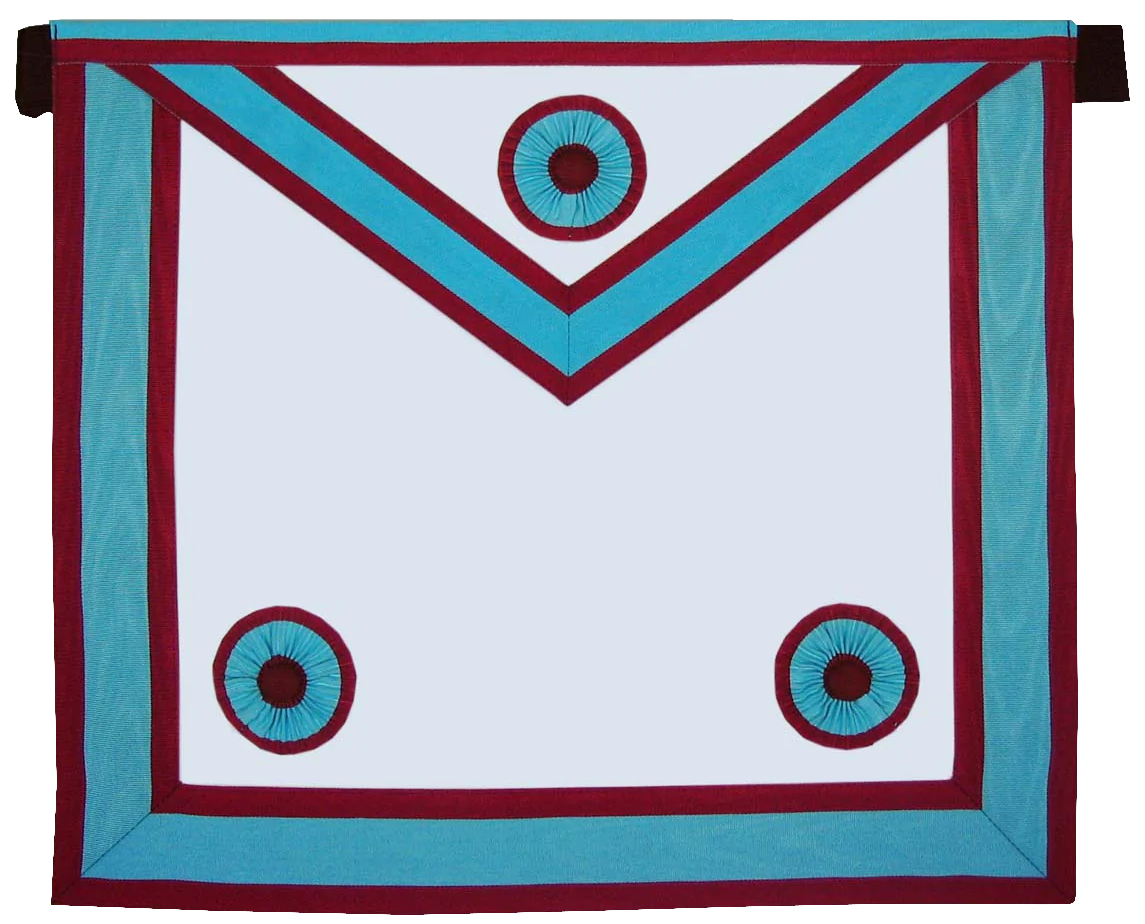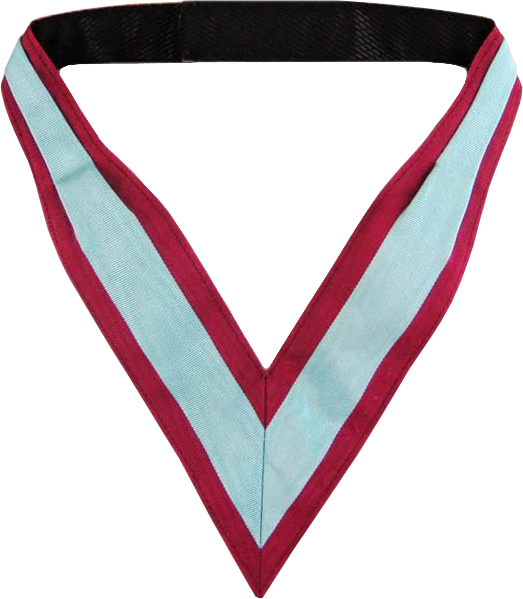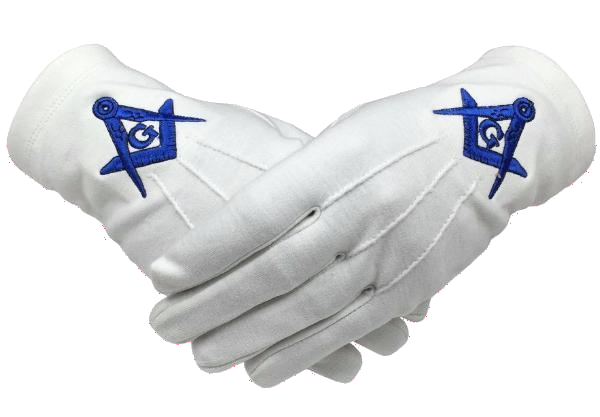Source: https://kentmarkmastermasons.org.uk/
The Mark Degree is open to all Master Masons and is known for its informal atmosphere and a strong sense of camaraderie among members. The ceremony of admission is called “advancement” and takes place after the Fellow Craft degree. The degree is based on teachings from Holy Writ and emphasizes the value of education and hard work. The symbol of the degree is a keystone with mystical letters inscribed on it, which are explained during the ceremony. The Mark Degree offers an opportunity for members to gain experience in Freemasonry and make their mark without holding a leadership position in the Craft.

The name “Mark” comes from the practice of stonemasons marking their work to identify it, a tradition that dates back to ancient times. Many famous buildings, such as cathedrals, still display the marks of the masons who built them. It is believed that a form of the Mark Degree existed in Scotland as early as 1599. However, in 1813, with the union of the Ancients and Moderns in England, the recognition was given to only three Craft degrees and the Holy Royal Arch, thus excluding the Mark Degree. Nevertheless, many Lodges continued to work the degree, particularly in Kent, and eventually, in 1856, Grand Mark Lodge was formed. It’s important to note that in Scotland and other parts of the world, the Mark Degree can be conferred in either Craft Lodges or Royal Arch Chapters and is a pre-requisite for exaltation into a Royal Arch Chapter.
Below are some informational videos, compliments of several lodges, worldwide, including lectures from Masonic academics.
From The United Grand Lodge of Mark Master Masons of Victoria, Australia:
Source: https://beyondthecraft.net.au/what-is-mark-masonry/
The Mark Degree is an important aspect of Freemasonry that is open to all Master Masons. The name “Mark” comes from the practice of stonemasons appending their unique mark on their work in order to identify it, a practice that has existed since ancient times. In fact, many cathedrals and other prominent buildings around the world still bear the marks of the masons who built them. The degree is often considered to be more informal than the Craft and is generally perceived as a way for brethren to gain experience in Freemasonry and make their mark without first being installed in the Craft Chair.
The ritual of the Mark Degree is closely linked to the traditional history of the building of King Solomon’s Temple. The degree is an expansion of the Second Degree of the Craft, and the ceremony of admission is called “advancement.” The legend of the degree is based on statements from Holy Writ and relates to a period in the building of the Temple prior to the death of Hiram Abif. The degree teaches the lesson that education is the reward of labor, and it contains a dramatic message that is both meaningful and entertaining.
The Mark Degree has a rich history. There is evidence that a form of Mark Degree was already in existence in Scotland as early as 1599. However, the Union between the Ancients and Moderns in England in 1813 only recognized the three Craft degrees and the Holy Royal Arch, excluding the Mark Degree. Nevertheless, many Lodges continued to work the degree, particularly in Kent, and eventually, in 1856, the Grand Mark Lodge was formed.
It’s worth noting that in many other parts of the world, the Mark Degree can be conferred in either Craft Lodges or Royal Arch Chapters and is often a necessary pre-requisite for exaltation into a Royal Arch Chapter. The symbol of the degree is the keystone, on which is engraved certain mystic letters, the meaning of which is revealed during the ceremony.
The offices of a Mark Master Masons lodge mirror those of a Craft lodge, with the addition of the Registrar of Marks, Master Overseer, Senior Overseer, and Junior Overseer, which creates opportunities for theatrical flair in delivering the ritual. The ceremony culminates in the recognition of the keystone as an essential requirement for the completion of the sacred arch of the Temple, which is why the keystone is the emblem of the Order.
Finally, the Mark Token, which is presented to the candidate during the ceremony, is also a means of identification among brethren of the Order and many special-edition tokens have been produced as collectible souvenirs. The progressive offices in a Mark Lodge are Inner Guard, Junior Deacon, Senior Deacon, Junior Overseer, Senior Overseer, Master Overseer, Conductor, Junior Warden, Senior Warden, and Worshipful Master.
The Tyler or Outer Guard can be filled by the retiring Worshipful Master but may also be one of the earlier progressive offices. The other offices are Organist, Choirmaster, Welfare Officer, Director of Ceremonies, Assistant Director of Ceremonies, Secretary, Assistant Secretary, Treasurer, and Chaplain.
The Keystone… What is the keystone and why is it an important part of Mark Masonry?
Please view the video below, a lecture on the ‘Keystone’ in Mark Masonry, from the Nottinghamshire Masons.
For more information or if you would like to join, please visit the following URLs:
– https://www.thesquaremagazine.com/mag/article/202104the-story-of-the-royal-arch-the-mark-degree/
– https://markmasonshall.org/orders/mark-master-mason
– https://usgcnsw.org.au/degrees/mark-master-mason-degree/
– https://devonmarkmasons.co.uk/information/what-is-mark-degree
– https://www.markmastermasons.com/the-mark-degree/
– https://beyondthecraft.net.au/mark/
Or, go to the MASONIC LODGE LIST and select the appropriate lodge in your jurisdiction.




